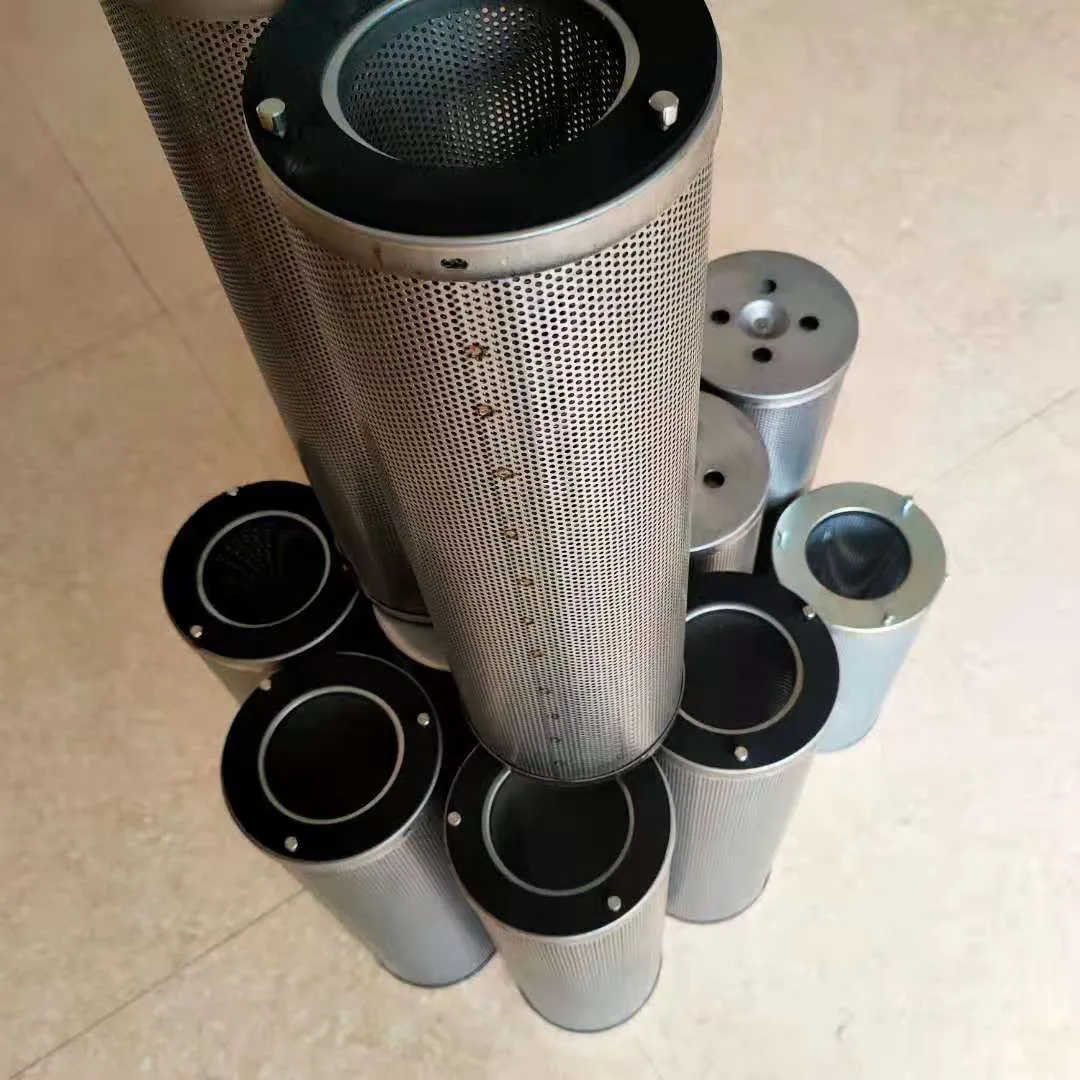 Tel:
+8615930870079
Tel:
+8615930870079
Dec . 17, 2024 00:07 Back to list
Effective Air Filtration Cartridge Solutions for Cleaner Indoor Environments and Improved Air Quality
Understanding Air Filtration Cartridges Enhancing Air Quality and Performance
Air filtration systems play a crucial role in maintaining the quality of indoor air, where we spend the majority of our time. These systems rely on various components, one of the most important of which are air filtration cartridges. These specialized filters are designed to capture particulate matter, allergens, and pollutants, thereby contributing to a healthier living environment.
What Are Air Filtration Cartridges?
Air filtration cartridges are media used in air purification systems to remove contaminants from the air. Typically made from a combination of materials such as fiberglass, synthetic fibers, or activated carbon, these cartridges can vary in design and construction depending on the specific application. They can be found in residential air purifiers, HVAC systems, industrial ventilation units, and even specialized equipment used in laboratories and hospitals.
Types of Air Filtration Cartridges
There are several types of air filtration cartridges, each designed to target specific types of pollutants
1. HEPA Cartridges High-Efficiency Particulate Air (HEPA) cartridges are known for their ability to trap very small particles (as small as 0.3 microns) with an efficiency of up to 99.97%. These filters are particularly effective against allergens like dust mites, pet dander, and pollen.
2. Activated Carbon Cartridges These cartridges are designed to absorb odors and volatile organic compounds (VOCs) from the air. The porous nature of activated carbon makes it highly effective at trapping gases, making it invaluable in environments where smell control is crucial.
3. Pre-Filters Often used as a first line of defense in air filtration systems, pre-filters are designed to capture larger particles, such as dust and hair, which prolongs the life of the main filter. They are typically washable or replaceable.
4. Electrostatic Filters These cartridges use an electrostatic charge to attract and capture particles. They can effectively trap dust, smoke, and other contaminants, often without compromising airflow.
air filtration cartridges

Benefits of Air Filtration Cartridges
Investing in high-quality air filtration cartridges can provide numerous benefits
- Improved Air Quality By removing allergens, dust, smoke, and other pollutants, air filtration cartridges help ensure cleaner, healthier air, which is especially beneficial for individuals with allergies or respiratory conditions.
- Enhanced System Efficiency Regularly replacing and maintaining air filters helps HVAC systems operate more efficiently. Clogged or dirty filters can reduce airflow, forcing the system to work harder and increasing energy consumption.
- Odor Reduction For those living in urban areas or households with pets, activated carbon cartridges can significantly reduce unwanted smells, creating a more pleasant indoor environment.
- Prolonged Equipment Lifespan Clean air filters reduce wear and tear on HVAC systems and air purifiers, thereby extending their operational life and reducing maintenance costs.
Maintenance and Replacement
To ensure optimal performance, air filtration cartridges require regular maintenance and timely replacement. The frequency of replacement depends on the type of filter, usage patterns, and the environment in which the system operates. As a general rule, HEPA filters should be replaced every 6 to 12 months, while pre-filters can be washed or replaced more frequently.
Conclusion
Air filtration cartridges are an essential component of modern air quality management systems. By understanding the types available and their specific benefits, consumers can make informed choices about the best options for their needs. Whether for residential use, commercial applications, or specialized industrial settings, high-quality air filtration cartridges can significantly enhance indoor air quality, contributing to better health and improved overall well-being. Investing in the right filtration technology is not just a matter of comfort; it's a vital step towards creating a healthier environment for ourselves and future generations.
-
Types and Applications of Air Filtration CartridgesNewsJul.28,2025
-
The Role of Gas Turbine FiltersNewsJul.28,2025
-
Mastering Air Filter Cartridge UseNewsJul.28,2025
-
Advanced Turbine Filters for Modern Gas TurbinesNewsJul.28,2025
-
Cellulose Air Filter Cartridge Advantages in Dust FiltrationNewsJul.28,2025
-
Cellulose Filters for Air Particle ReductionNewsJul.28,2025

 Email:
Email:





